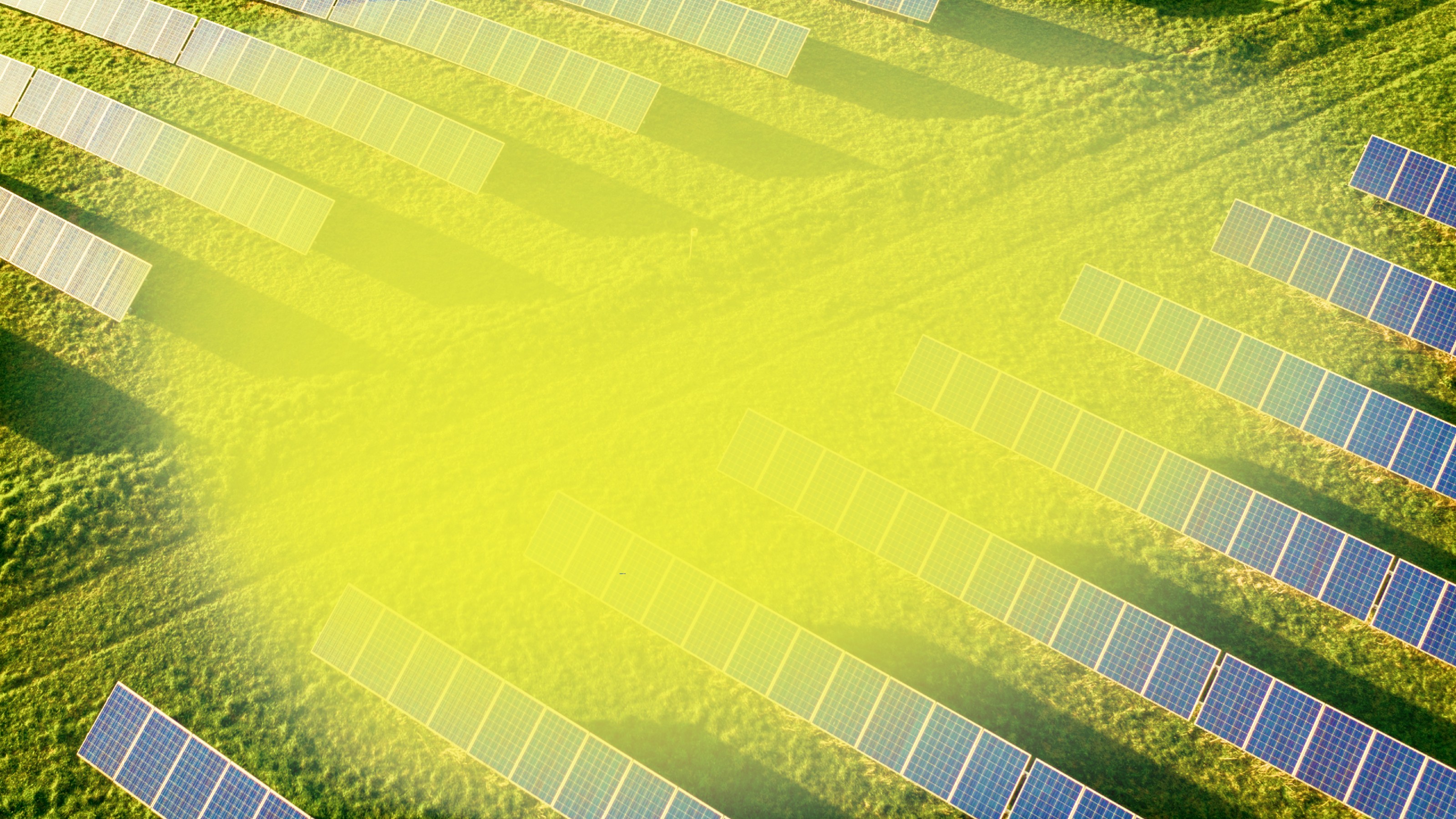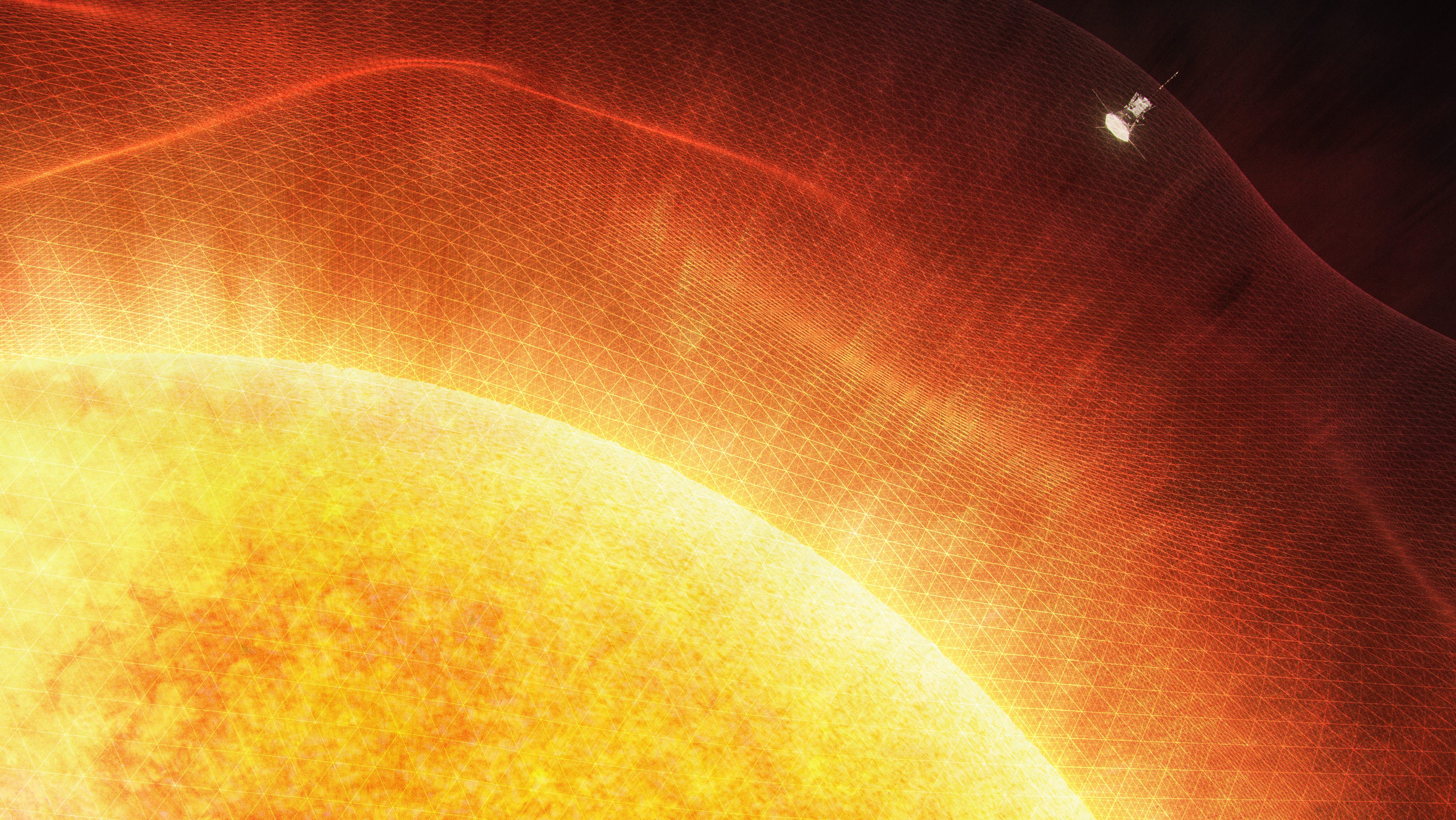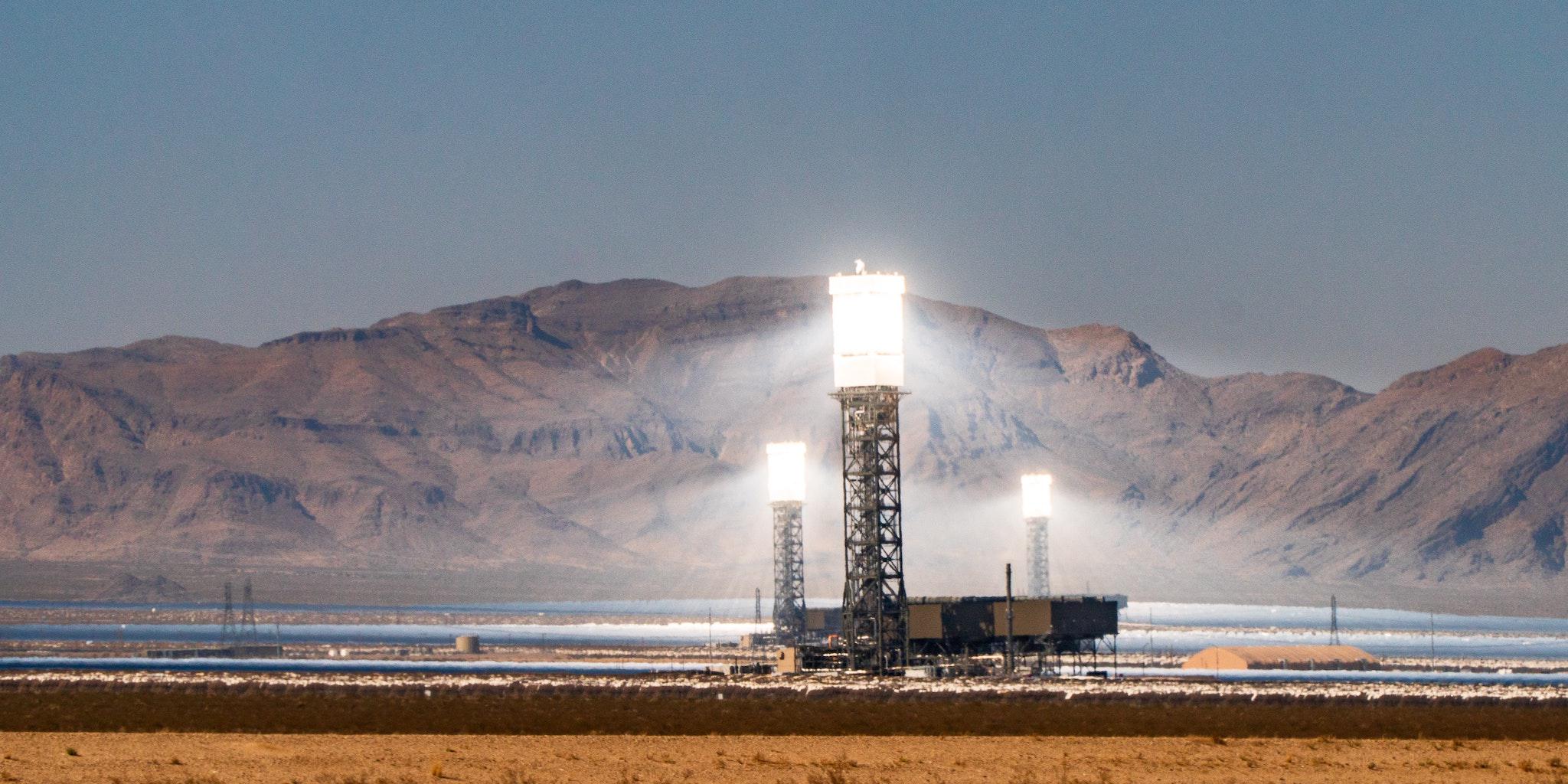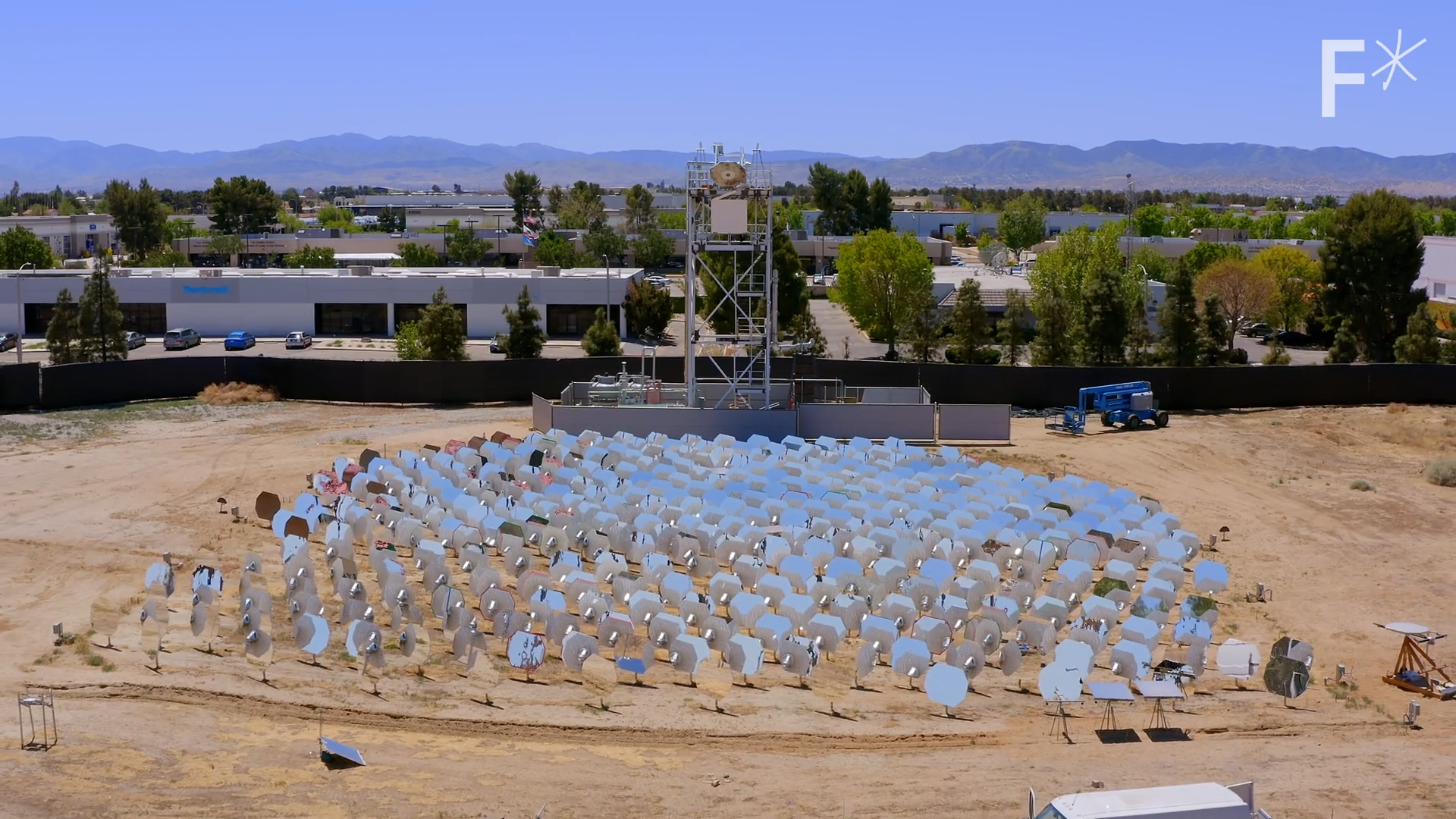Breakthrough Material Could Cut the Cost of Solar Energy in Half
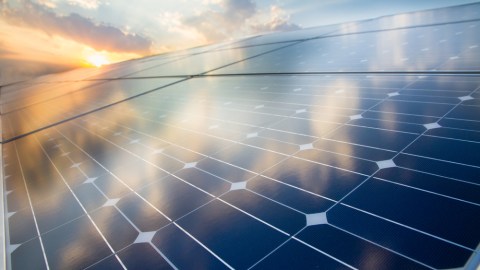
What’s the Latest?
Renewable energy startup Glint Photonics has created a new material that, when used to cover photovoltaic cells on solar panels, can capture more energy with less infrastructure, greatly reducing the total cost of harvesting the sun’s power. By changing its reflectivity in response to heat from concentrated sunlight, the material can gather in light that comes in from different angles throughout the day. Currently, directing sunlight onto the most absorbent part of solar cells requires lenses or mirrors supported by concrete and steel “which must be moved precisely as the sun advances across the sky to ensure that concentrated sunlight remains focused on the cells.” That added infrastructure quickly runs up the costs for renewable energy plants.
What’s the Big Idea?
Here’s how Glint’s device works using two essential parts: “The first is an array of thin, inexpensive lenses that concentrate sunlight. The second is a sheet of glass that serves to concentrate that light more—up to 500 times—as light gathered over its surface is concentrated at its edges.” As the day goes on, the angle of the incoming light shifts and the material adapts, allowing light in only at the most direct angle, trapping the light beneath the edges of the material until it can be absorbed. The company says its material could produce electricity at four cents per kilowatt-hour, compared to eight cents for the best conventional solar panels.
Read more at Technology Review
Photo credit: Shutterstock
